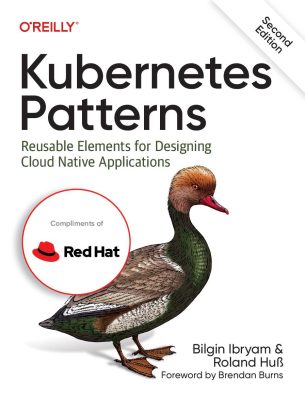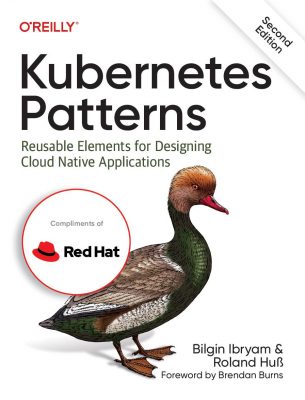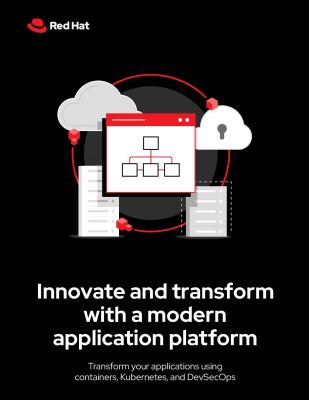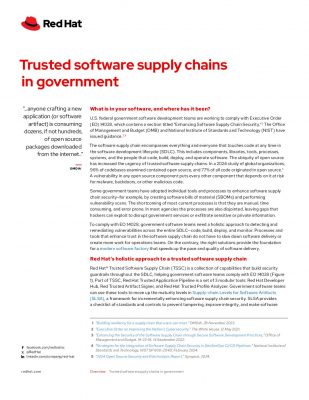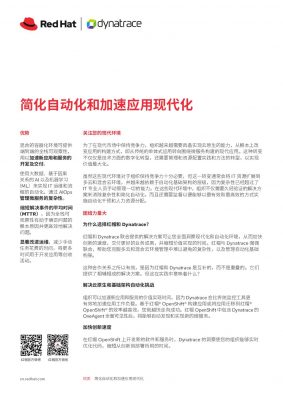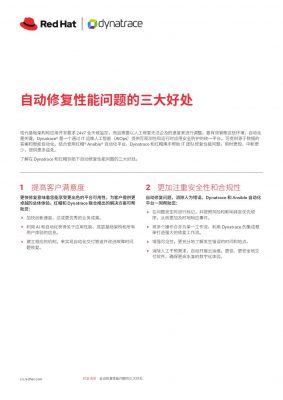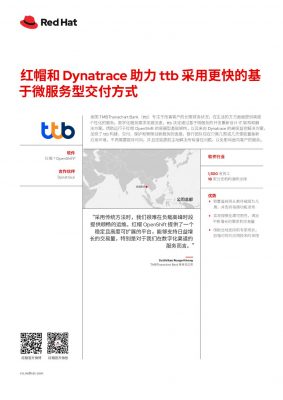Highlights:
- RedHat OpenShift is an enterprise-ready application platform based on the Red Hat Enterprise Linux operating system and the container orchestration software Kubernetes.
- Red Hat OpenStack Services on OpenShift enables businesses to run virtualized and containerized programs on bare metal servers, giving them additional flexibility in employing computing resources.
Red Hat Inc. announced that it is rebranding the Red Hat OpenStack Platform as Red Hat OpenStack Services on OpenShift.
The development is the culmination of a multi-year effort by the business, which is owned by IBM Corp., to integrate the Red Hat OpenStack Platform more with Red Hat OpenShift. The purpose is to assist service providers in rapidly scaling up their private clouds and maximizing their computing capabilities. Red Hat claims that by doing so, it has assisted teams managing OpenStack clouds in using OpenShift’s current operational experience.
Red Hat OpenStack is an open-source platform that enterprises use to pool virtual resources to develop and administer private clouds. It is particularly popular among telecoms and managed services providers. RedHat OpenShift, on the other hand, is an enterprise-ready application platform based on the Red Hat Enterprise Linux operating system and the container orchestration software Kubernetes. It offers deployment and infrastructure services for practically any application or computing environment.
Sean Cohen, Director of Product Management at Red Hat’s Hybrid Platforms organizations, said, “By integrating Kubernetes with OpenStack, organizations see improved resource management and scalability, greater flexibility across the hybrid cloud, simplified development and DevOps practices and more.”
Red Hat noted that the two platforms are being integrated because clients want a quick and simple private cloud offering that allows them to migrate their 4G-based virtual network functions to 5G cloud-native workloads. They now have a simpler method to do so using Red Hat OpenStack Services on OpenShift.
Existing applications can now continue to function uninterrupted thanks to the new platform. The new “podified” control plane, which is a set of tools for delivering and maintaining the OpenStack control plane as a Kubernetes-native pod, makes cloud-native workload deployment easier. According to Red Hat, the net benefit is quicker installation, faster deployments, and unified management from the core to the edge.
Furthermore, Red Hat OpenStack Services on OpenShift enables businesses to run virtualized and containerized programs on bare metal servers, giving them additional flexibility in how they employ computing resources. Other advantages include fast parallel processing for rapid, repeatable deployments using the Red Hat Ansible Automation Platform, improved scalability via the new podified control plane, a better observability experience, and enhanced security via an encrypted memory cache, encrypted communications between services, and secure role-based access.
According to Holger Mueller of Constellation Research Inc., the rebranding of the OpenStack Platform is part of a larger consolidation push by Red Hat’s parent firm IBM Corp. He remarked that the buzz surrounding OpenStack has largely died down, since none of the major public cloud suppliers have adopted it, and many of its previous contributors have gone on to other projects.
The analyst stated, “Instead, OpenStack has found its place in the telecommunications industry, where many operators use it to build private clouds to run their networks on. This is who Red Hat is targeting with these announcements.”
Moving ahead, the business stated that Red Hat OpenStack Services will be natively housed on OpenShift’s control plane, while the external RHEL-based dataplane will be handled with the Ansible Automation platform. It indicates that Red Hat OpenStack Platform 17.1 is the final version to be based on the traditional form-factor of a control plane that can be virtualized or bare metal, with management handled by OpenStack Director.
Red Hat stated that it will continue to support the traditional form factor until the end of the lifecycle of OpenStack Platform 17.1. Customers will then need to migrate and deploy their new controller on OpenShift.
